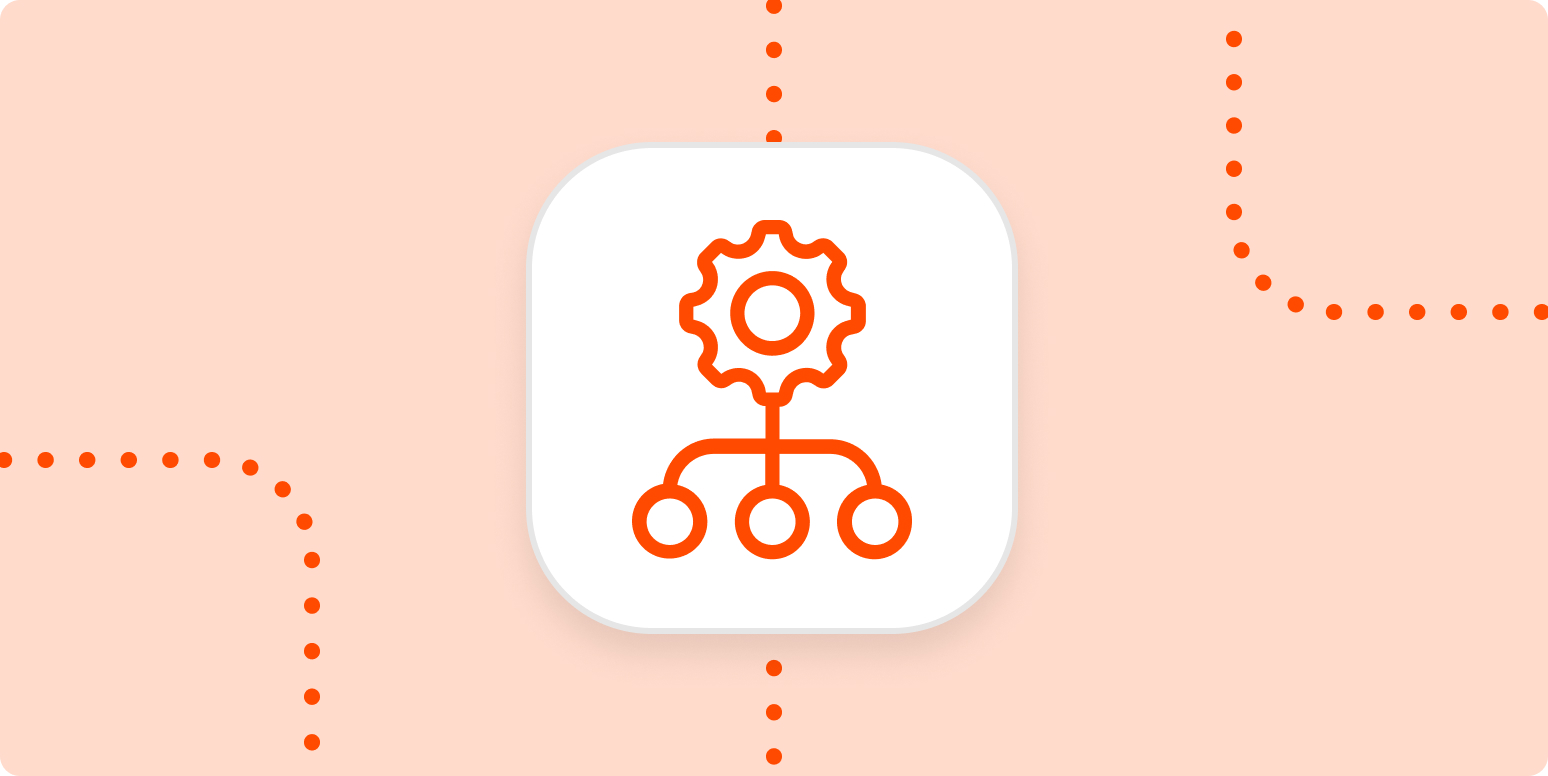Digital marketing seeks to reach customers online. But this simple aim has never been more complicated: there are more available marketing channels and tools than ever, and each one has its own rules and quirks.
You need someone to align all the pieces and make sure everything runs without hiccups—from selecting the marketing software you use, to designing and implementing a marketing campaign, to getting you the data on how it performed.
In other words, you need a marketing operations team.
What is marketing operations?
Marketing operations (MOps) refers to all the processes that happen backstage in marketing. The folks who work under the marketing ops banner make sure that the right systems and technology are in place to deliver marketing campaigns at scale.
Grow your business with marketing automation
If you think of a marketing campaign as a race car speeding to the finish line, then consider marketing ops the pit crew. The pit crew changes the tires, services the car, refills gas—they ensure that all the equipment is running shipshape so that it doesn’t break down.
A marketing operations team oversees:
-
Systems. They create and implement the best automation systems and software to support marketing campaigns (e.g., determining how and where your team tracks and targets leads).
-
Data. They use data to help marketers determine who their audience is and how to best reach them—and to assess the performance of past campaigns.
-
Email and CRM processes. They maintain the infrastructure to communicate with customers.
-
Project management. They determine and document the processes everyone should follow to achieve all of the above.

Roles and responsibilities: Marketing operations team structure
At Zapier, our Marketing Ops team is responsible for a whole heck of a lot—from project management to process compliance to email operations. They’re the data wizards, the process shapers, and the tech experts that allow Zapier to scale and grow.
Marketing operations is the backbone of marketing. When done well, marketing teams deliver the right message to the right people at the right time, with attribution in place that tracks return on investment (ROI) effectively.
Sean Kennedy, Senior Marketing Operations Specialist at Zapier
Each company will organize their marketing ops department differently (ask some fellow marketers if you want a bunch of ideas), so we’re breaking it down into the key responsibilities we’ve found most important at Zapier.
Systems and data management
This area of marketing ops focuses on infrastructure, campaign operations, lead management, and data reliability. Essentially, they ensure marketing has access to the tools and data they need to do their best work. They align your brand and your customer journey, using data to help inform strategy and create a more effective omnichannel experience.
Here’s what that looks like in practice:
-
Overseeing the marketing technology infrastructure, including implementation, feature enhancement, and usability
-
Implementing privacy regulations across all marketing systems
-
Creating scalable and repeatable processes for everyone
-
Building automations to reduce manual work, so marketers can focus on creative efforts
-
Creating documentation for all the above
Example: Moving a webinar signup flow into a new tool like HubSpot, so marketers can see webinar attendees’ information and form submissions in one place.
Outcome: The marketing ops team builds workflows based on webinar attendance and other data, so attendees (the target audience) receive content that’s tailored to their interests.
Email and CRM operations and management
Marketing ops is so focused on email operations and customer relationship management (CRM) tools that it’s sometimes called email ops or CRM ops.
Here’s what that looks like in practice:
-
Monitoring email deliverability and making recommendations based on performance
-
Managing email data for audience segmentation and optimizing email campaigns for critical stages of the customer journey
-
Managing CRM data for things like lead scoring
-
Liaising with engineering and data teams to fix bugs or implement new features in CRM, email, or other marketing automation tools
-
Setting up CRM and email automations to personalize email campaigns at scale
-
Maintaining email subscription and exclusion lists
-
Supporting email requests from across the company: creating templates, coding campaigns, loading them into the email tool, selecting the audience, and performing QA
-
Reviewing email campaign performance and making recommendations based on engagement and conversions
Example: Creating a distribution strategy for when and where an email campaign will go out so that it’s sent at the right time when customers will be open to it.
Outcome: Your customers will be more responsive and likely to engage with the email, as well as fulfill the intended purpose of the email (like signups).
Project management
MOps implements the best-in-class project management practices that scale across marketing and the organization as a whole. They distribute the tools, templates, processes, and training that makes projects successful. It’s highly cross-functional, as project managers help other teams improve efficiency.
Here’s what that looks like in practice:
-
Providing training, user access, and provisioning of internal marketing tools.
-
Developing workflows and best practices to help other teams execute on projects.
Example: Creating a new project template that everyone in the marketing team completes when starting a new project.
Outcome: Every team member in the marketing department completes their projects in the same way, on time, within budget and scope.
Scaling your marketing operations
Let’s take a look at Airbnb. When the room-sharing platform first launched in 2008, it had none of the marketing infrastructure it does today. Back then, the founders even went door-to-door in NYC, helping hosts take better pictures of their listings.
But as Airbnb grew in popularity, the brand also scaled its marketing operations—and invested in market research—to build momentum. Today, the company has determined very accurate user profiles for its two markets (guests and hosts). In terms of their digital marketing strategy, this information allows them to make data-driven decisions.
For example, Airbnb now segments high-value guests and encourages them to list their own property via email right after they’ve stayed somewhere, with the hope of turning a guest into a host. And they have a solid marketing infrastructure that supports retargeting, retention, and lead acquisition.
Every campaign Airbnb launches happens because of their marketing operations team, supporting the tech in the background.
Having a marketing ops team in place helps your company scale. It develops ways for you to be agile through the use of martech and automation, helping you save time, add value, and dramatically improve your ROI.
The cross-functional power of marketing operations
I asked the Zapier marketing ops team what they love most about their jobs, and the answer was nearly unanimous: connection.
Marketing ops is all about connection. Connecting systems, connecting strategies to tools, connecting customers to the most relevant information.
Lindsay Rothlisberger, Senior Manager of Marketing Operations & Email at Zapier
Marketing ops teams are cross-functional, partnering with folks across an organization to define workflow and process solutions that help them reach a shared goal and be sure that tools and personnel are in alignment. Put ridiculously: marketing ops is the wind beneath the wings of the rest of the marketing org.
This means marketing ops teams can drastically improve team morale: they make everyone else’s job easier and everyone else’s projects more successful. If you don’t have a marketing ops team, now’s the time to start.
[adsanity_group align=’alignnone’ num_ads=1 num_columns=1 group_ids=’15192′]
Need Any Technology Assistance? Call Pursho @ 0731-6725516







